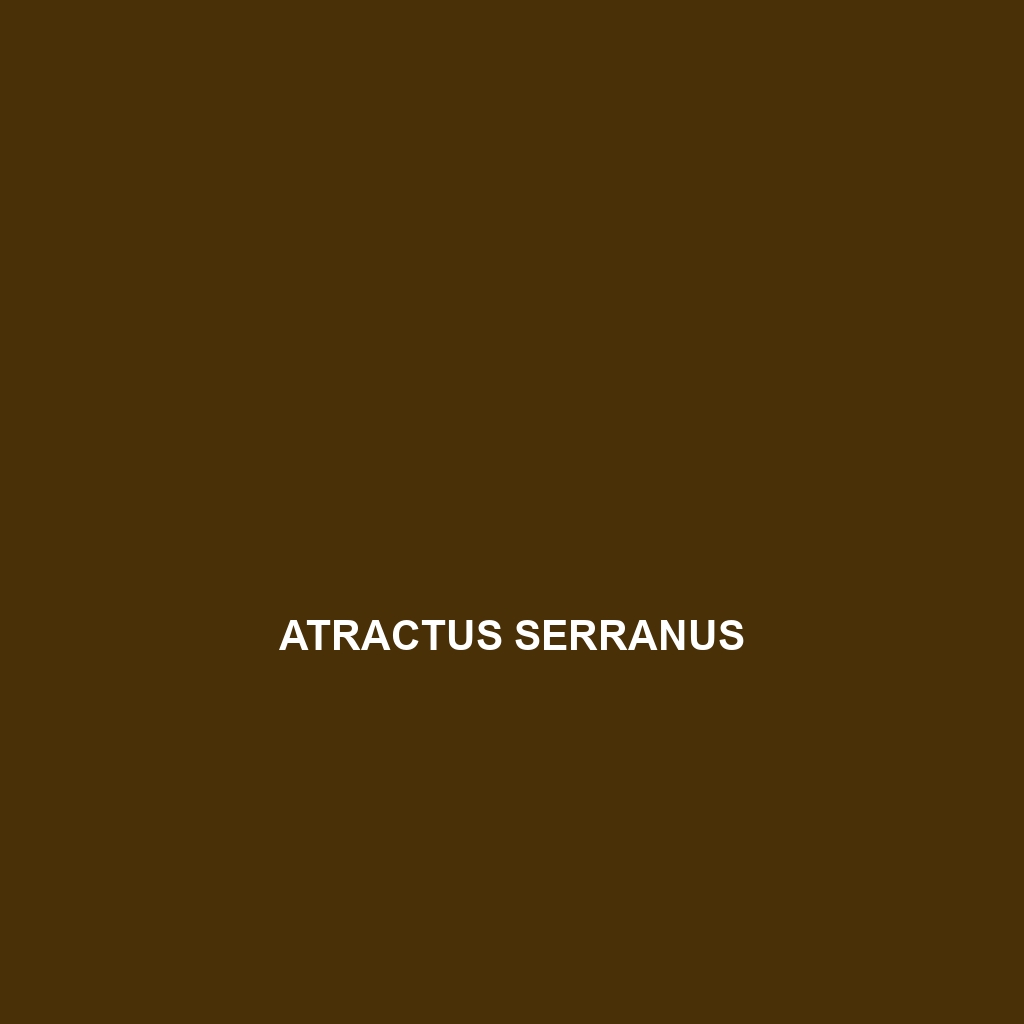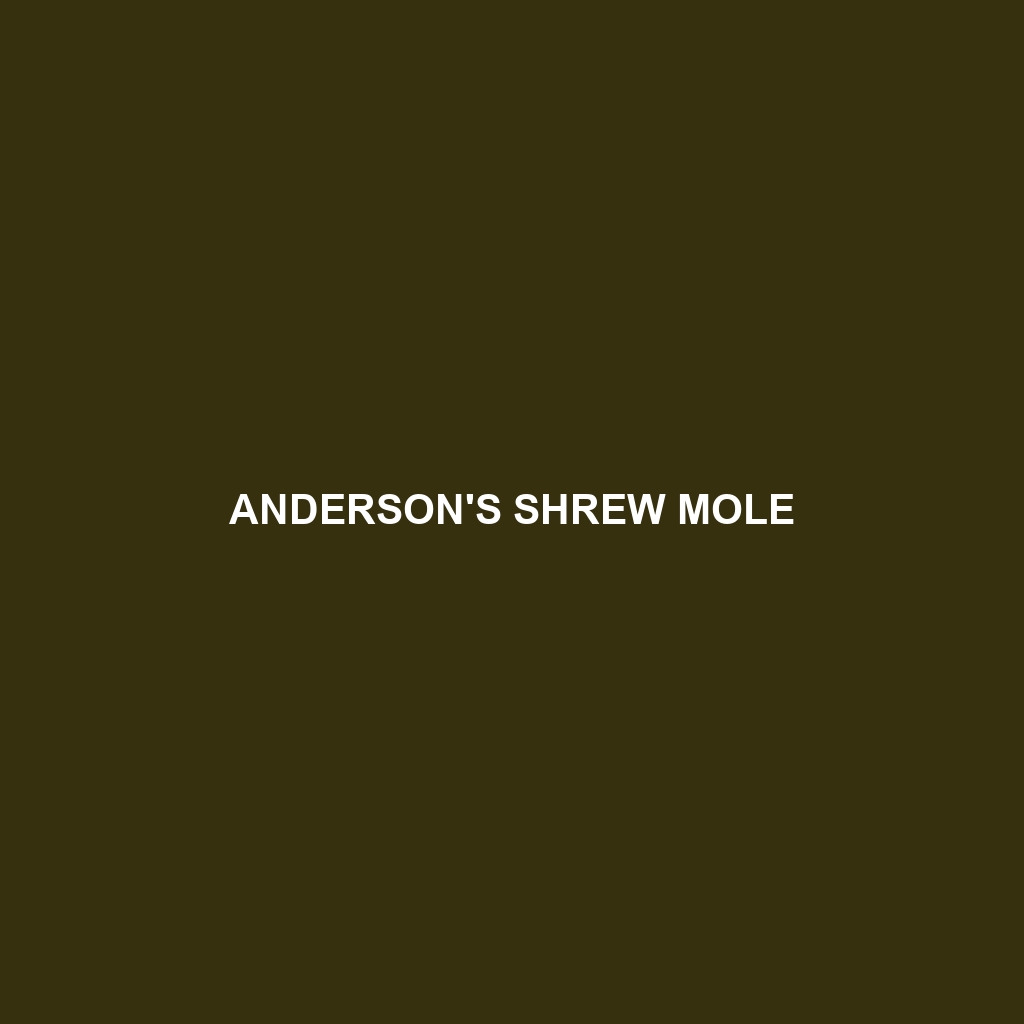Discover the fascinating Microcephalophis gracilis, a slender, 30-50 cm long species featuring a pale green or yellow body with dark spots, thriving in coastal, brackish habitats of Southeast Asia. As a nocturnal predator, it plays a vital role in maintaining ecosystem balance by controlling small fish and invertebrate populations.
Tag: invertebrates
Hydrophis inornatus
<p><b>Hydrophis inornatus</b>, commonly known as the Plain Sea Snake, is an agile marine predator found in warm coastal waters of the Indo-West Pacific, featuring a slender body up to 1.2 meters in length and a diet of small fish and invertebrates. This ovoviviparous species plays a vital role in its ecosystem, controlling prey populations while demonstrating remarkable adaptations for an aquatic lifestyle.</p>
Calamaria doederleini
Discover the intriguing Calamaria doederleini, or Doederlein's Pipe Snake, a small, nocturnal snake native to Southeast Asia, famed for its slender body, smooth scales, and unique burrowing abilities. This vulnerable species plays a vital role in its ecosystem by controlling invertebrate populations while facing threats from habitat loss.
Brachyurophis approximans
Discover the unique Brachyurophis approximans, or shovel-nosed snake, a slender species native to Australia's inland regions, known for its distinctive shovel-shaped snout and fossorial lifestyle. This small snake thrives in sandy deserts and grasslands, preying primarily on small reptiles and invertebrates, playing a vital role in its ecosystem.
Atractus serranus
<div class="woocommerce-product-short-description"> <p>The <i>Atractus serranus</i>, known as the "mountain snake," is a slender, nocturnal species found in the humid forests of the Andes, primarily feeding on small invertebrates and amphibians. With its striking dark coloration and vulnerability due to habitat loss, it plays an essential role in maintaining ecological balance in its high-altitude environment.</p> </div>
Atractus potschi
Discover the Atractus potschi, a slender, nocturnal snake native to the Amazon Rainforest in Colombia and Ecuador, characterized by its dark brown and black coloration, and a diet primarily consisting of small invertebrates. This harmless species plays a vital role in its ecosystem by regulating invertebrate populations and is recognized for its unique burrowing behavior and reproductive habits.
Anilios splendidus
Discover the splendid burrowing snake, Anilios splendidus, a nocturnal serpent from the tropical rainforests of northeastern Australia, known for its striking dark and light patterned body, burrowing behavior, and diet of small invertebrates. This vulnerable species plays a crucial role in maintaining soil health and ecosystem balance.
Anderson’s Shrew Mole
Discover the fascinating world of Anderson's Shrew Mole (<i>Scalopus andersoni</i>), a unique species thriving in the humid forests of the western United States. Known for its exceptional digging ability and vital role in soil aeration, this nocturnal creature faces conservation challenges due to habitat loss. Learn more about its intriguing behaviors, diet, and ecological significance in our detailed blog post.
Martinos’ Mole
Discover the intriguing world of the Martinos' Mole, a small, nocturnal creature native to the lush forests of the Andes. With its specialized star-shaped nose and powerful digging limbs, this endangered species plays a crucial role in aerating soil and balancing its ecosystem through its diet of soil invertebrates. Learn about its unique behaviors, habitat, and the urgent conservation efforts needed to protect this remarkable mammal.
Iberian Mole
Discover the intriguing world of the **Iberian Mole** (<i>Talpa occidentalis</i>), a fascinating underground dweller native to the Iberian Peninsula. With its velvety fur, expert digging capabilities, and vital role in maintaining soil health, this nocturnal creature not only enriches its ecosystem but also faces challenges from habitat destruction. Learn about its behavior, diet, and the conservation efforts necessary to protect this unique species.









